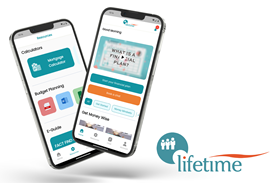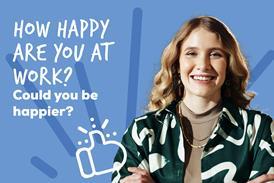To find out what D&I looks like on the ground, we asked Claira Singh - Inclusion & Diversity Manager at Wickes, to share the three top lessons they have learned on their journey towards creating and implementing a robust D&I strategy.
Lesson one: build networks, and listen to them
Our D&I programme is ‘colleague-fed and leader-led,’ and we’ve built five really strong networks, covering areas such as culture and ethnicity, gender, wellbeing, and disability and long-term health conditions. These networks are amazing – they run training programmes and listening groups, deal with education, allyship, awareness and celebrations, and are also shaping our business, with guidance on updating our policies and ways of working.
One of the key lessons we’ve learned is to really listen, and ask plenty of questions, because successful D&I is about understanding what is important to the individuals in your business, and accepting their lived experience. In the early days, we could get defensive if someone told us about a bad experience, and start coming up with excuses, but we quickly learnt to just accept, listen and learn.
When a colleague shares in a listening group, if needed we ask if they would like us to investigate and take things further, then if they choose not to, we respect their decision, no matter how hard that can be. It helps is to create a safe place where they can be completely honest with us.
Lesson two: strong D&I can lead to better business decisions
We approach D&I from a moral point of view, but also know that diversity in our business leads to diversity of thinking, to more creative action, and to better business decisions. Strong diversity means we match the communities we serve, and are more appealing to them. We work with disability partners, and know that good D&I can improve how engaged your colleagues are, but also how your customers feel about shopping with you. For example, our design and installation team can make adjustments to worktop heights, and implement features within our kitchens and bathrooms that support disabled users.
Lesson three: remember to include everyone
When we set up our Pride group we made mistakes, well-meaning though they were. We sent out a message to store managers asking for colleagues who might want to be a part of the group. Worried about authenticity, we were looking for LGBT+ colleagues to join, rather than allies – but that meant managers approached the people who they felt would fit the group. Our first women’s networking evening also excluded men, which resulted in frustration from both genders.
Now when we set up a group, we put out business-wide communications asking for anybody who is interested to take part, so colleagues can choose whether or not to engage. That was a very important lesson to learn – a group can include allies, as long as the objective is to create a fair and equal environment for people from that background. You just need a good balance.














